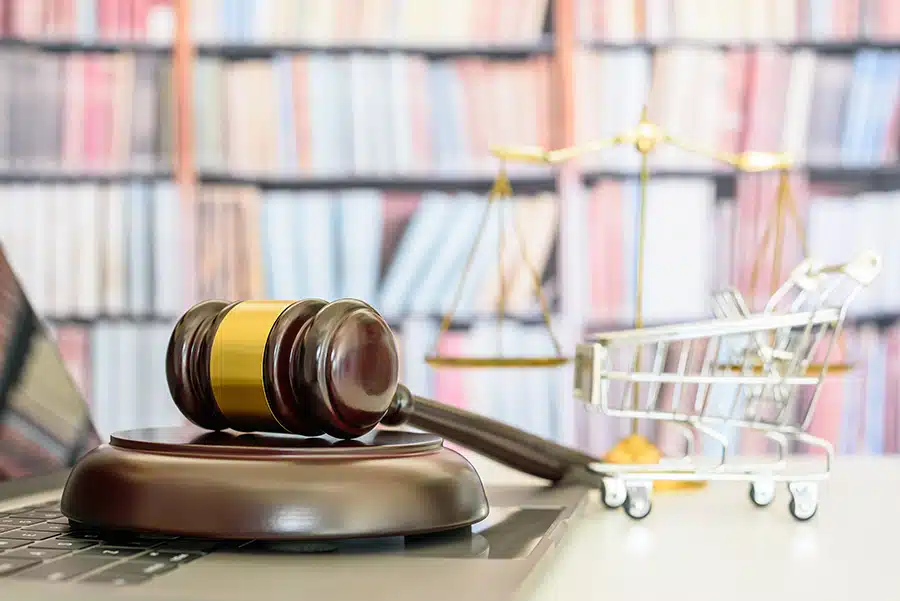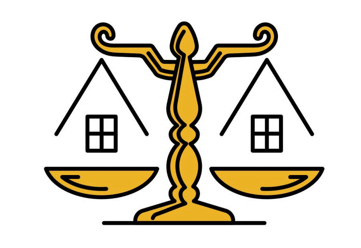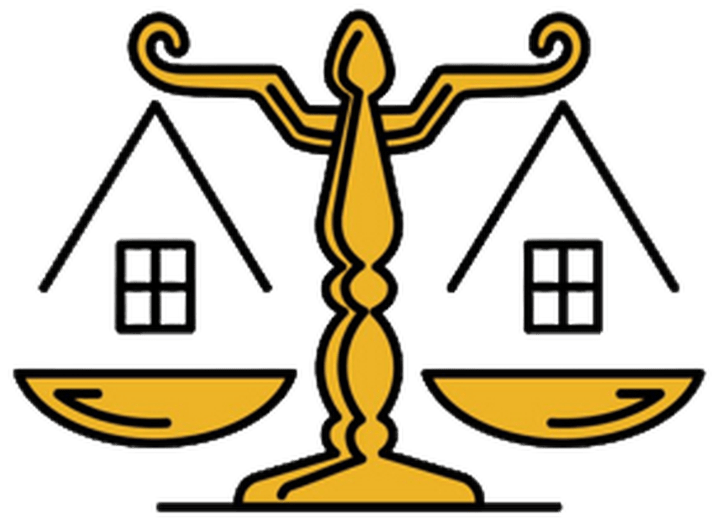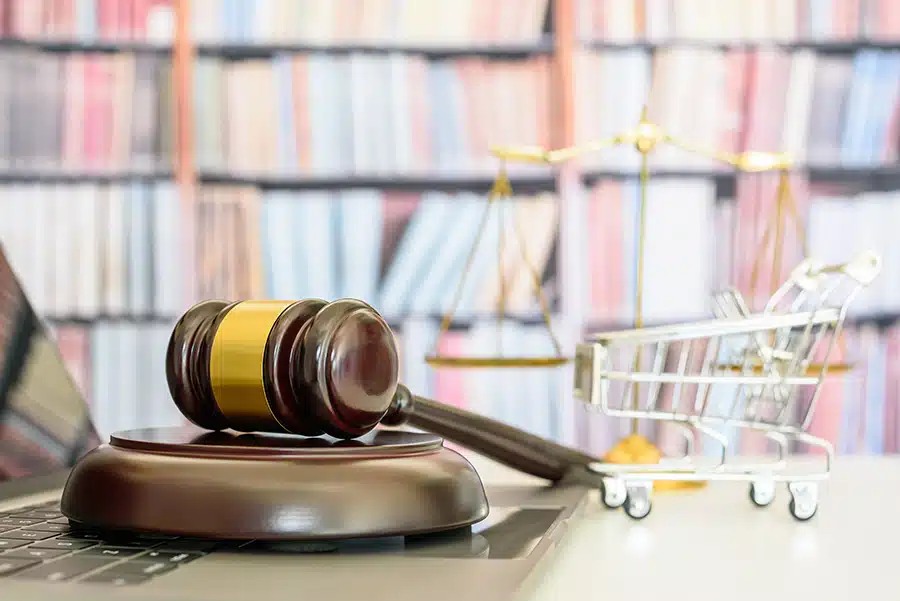
Empowering Guide: Understanding the Legal Aspects of Product Liability
Introduction
In today’s fast-paced market, where products are continually evolving and new technologies emerge, understanding the legal aspects of product liability is crucial for both consumers and manufacturers. Product liability law holds manufacturers, distributors, and sellers responsible for defects in products that cause harm or injury. This comprehensive exploration delves into the nuances of product liability, examining its legal foundations, key principles, and implications for stakeholders. By the end of this article, readers will gain a deep understanding of the legal aspects of product liability and how these principles impact both businesses and consumers.
In a world increasingly dominated by mass production and global supply chains, the need for robust consumer protection has never been more critical. At the heart of this protection lies the legal doctrine of product liability—a concept that empowers individuals to seek redress when a product fails to meet reasonable expectations of safety, performance, or quality. Whether it’s a malfunctioning appliance, a contaminated food product, or a defective car part, the legal recourse available to harmed consumers is a key pillar in ensuring corporate accountability and public safety.
Product liability refers to the legal responsibility of manufacturers, distributors, suppliers, and retailers for any injuries or damages caused by defective products. The law in this area is designed not just to compensate victims, but also to deter negligent practices in the production and marketing of consumer goods. While the concept is universally accepted, its legal application varies significantly depending on the jurisdiction. In Nigeria, the legal framework for product liability is evolving—gradually aligning with global standards while still reflecting unique local challenges.
Historically, under common law principles, liability for defective products was difficult to establish. A consumer often had to prove a direct contractual relationship (privity of contract) with the manufacturer, which posed significant hurdles. However, legal developments—both in Nigeria and globally—have led to a broader understanding of duty of care and tortious liability that no longer requires direct contractual relationships. Courts now recognize that manufacturers owe a general duty to consumers who are likely to be affected by the use of their products.
There are three primary grounds upon which a product liability claim can be brought: negligence, strict liability, and breach of warranty.
-
Negligence involves proving that the manufacturer failed to exercise reasonable care in designing, manufacturing, or warning about the product.
-
Strict liability focuses not on the conduct of the manufacturer but on the product itself—if it’s defective and causes harm, liability may be imposed regardless of intent or care.
-
Breach of warranty pertains to the failure of a product to meet express or implied promises about its condition or performance.
In Nigeria, several laws provide the foundation for consumer protection and product liability. These include the Consumer Protection Act, the Federal Competition and Consumer Protection Act (FCCPA) 2019, Sale of Goods Act, and various provisions under tort law and contract law. Notably, the FCCPA has significantly improved consumer rights by establishing the Federal Competition and Consumer Protection Commission (FCCPC), which has the authority to investigate and penalize companies for harmful products or unfair market practices.
While the legal mechanisms exist, the practical enforcement of product liability laws in Nigeria still faces challenges. These include inadequate consumer awareness, lack of product testing infrastructure, weak regulatory oversight, and lengthy court processes. Nonetheless, the increasing recognition of consumer rights, backed by media exposure and advocacy, is encouraging a cultural shift toward accountability and litigation when products cause harm.
Beyond the legal intricacies, product liability also carries profound social, economic, and ethical implications. It acts as a check on corporate behavior, nudges industries toward higher safety standards, and restores trust between consumers and producers. In effect, it balances the scales in a world where multinational corporations often enjoy significant power over individual consumers.
This article seeks to demystify the legal aspects of product liability, focusing on the Nigerian context while drawing parallels with international frameworks. We will explore the types of product defects that lead to liability, the parties who may be held accountable, the applicable legal doctrines, key Nigerian and foreign case laws, and practical advice for both consumers and businesses. Whether you are a legal practitioner, manufacturer, retailer, or consumer, understanding product liability is essential to navigating the modern commercial landscape.
By the end of this guide, you will not only appreciate the importance of product liability law but also gain actionable insights into how it can protect rights, reduce risk, and foster ethical commerce.
What is Product Liability?
Product liability refers to the legal responsibility of manufacturers, distributors, and sellers for injuries or damages caused by defective products. This area of law ensures that those who produce or sell products are held accountable for the safety and quality of their offerings. Product liability claims can arise from various issues, including design defects, manufacturing defects, and inadequate warnings or instructions.
1. The Foundations of Product Liability Law
Product liability law is rooted in tort law, which deals with civil wrongs and compensates individuals for harm caused by others’ negligence. The primary legal theories under which product liability claims can be brought are:
- Negligence: This theory holds manufacturers liable if they fail to exercise reasonable care in the design, production, or distribution of a product. To prove negligence, the plaintiff must demonstrate that the manufacturer owed a duty of care, breached that duty, and caused harm as a result.
- Strict Liability: Unlike negligence, strict liability does not require proof of fault or negligence. A manufacturer can be held liable for defects in their products regardless of whether they were at fault. The plaintiff only needs to show that the product was defective and caused harm.
- Breach of Warranty: This theory involves a breach of express or implied warranties. An express warranty is a promise made by the manufacturer about the product’s quality or performance, while an implied warranty guarantees that the product is fit for its intended use. A breach occurs when the product fails to meet these promises or expectations.
2. Types of Product Defects
Understanding the different types of product defects is essential for evaluating product liability claims. The three main categories are:
- Design Defects: These defects occur when a product’s design is inherently unsafe or flawed. Even if the product is manufactured correctly, a design defect can render it dangerous. For example, a car with a faulty braking system due to poor design would be considered to have a design defect.
- Manufacturing Defects: Manufacturing defects arise from errors during the production process. These defects are not inherent in the design but occur due to mistakes, such as improper assembly or use of substandard materials. A batch of faulty medication due to contamination during production is an example of a manufacturing defect.
- Marketing Defects: Also known as failure-to-warn defects, these occur when a product lacks adequate warnings or instructions about its potential risks. Manufacturers have a duty to inform consumers of any dangers associated with their products. For instance, a cleaning product without proper safety instructions could be considered to have a marketing defect.
3. Proving Product Liability Claims
To succeed in a product liability claim, the plaintiff must establish certain elements, depending on the legal theory under which the claim is brought. Generally, the following elements must be proven:
- Defect Existence: The plaintiff must demonstrate that the product was defective. This involves showing that the product had a design, manufacturing, or marketing defect.
- Causation: The defect must be shown to have caused the plaintiff’s injury or damages. This requires linking the defect directly to the harm suffered.
- Injury or Damage: The plaintiff must provide evidence of actual harm or damage resulting from the defect. This can include physical injuries, property damage, or financial losses.
4. The Role of Consumer Protection Laws
Consumer protection laws play a vital role in product liability cases. These laws are designed to safeguard consumers from unfair or deceptive practices and ensure that products meet safety standards. In many jurisdictions, consumer protection agencies enforce regulations that require manufacturers to adhere to safety standards and provide accurate information about their products.
5. The Impact of Product Liability on Businesses
For businesses, understanding product liability is crucial for risk management and compliance. Companies must implement rigorous quality control measures, conduct thorough testing, and provide clear warnings and instructions to mitigate the risk of liability. Additionally, businesses should maintain adequate insurance coverage to protect against potential product liability claims.
6. Recent Trends and Developments in Product Liability Law
Product liability law is continually evolving in response to changes in technology and market practices. Recent trends include:
- Increased Focus on Emerging Technologies: As technology advances, new types of products and potential defects emerge. For example, autonomous vehicles and smart devices raise unique product liability concerns that require updated legal standards.
- Globalization and Cross-Border Claims: With globalization, products often cross international borders, complicating product liability claims. Jurisdictions may have different standards for product safety and liability, making it essential for businesses to understand the legal requirements in all markets where they operate.
- Consumer Advocacy and Litigation Trends: Consumer advocacy groups are increasingly active in raising awareness about product safety issues and pursuing litigation on behalf of injured parties. This trend underscores the importance of proactive risk management for businesses.
7. Navigating Product Liability Claims
For individuals who believe they have been harmed by a defective product, navigating a product liability claim involves several steps:
- Consultation with an Attorney: Seeking legal advice from an attorney experienced in product liability is crucial. An attorney can help assess the validity of the claim, gather evidence, and navigate the legal process.
- Gathering Evidence: Collecting evidence, such as medical records, product samples, and witness statements, is essential for building a strong case.
- Filing a Claim: The attorney will help file a claim with the appropriate court or agency, following the legal procedures and deadlines.
- Negotiation and Settlement: Many product liability cases are resolved through settlement negotiations. The attorney will negotiate with the defendant’s legal team to reach a fair settlement.
Conclusion
Understanding the legal aspects of product liability is essential for both consumers and businesses. For consumers, it provides insight into their rights and the avenues available for seeking compensation in the event of harm caused by defective products. For businesses, it highlights the importance of implementing rigorous safety measures and complying with legal standards to minimize the risk of liability. As product liability law continues to evolve, staying informed about recent trends and developments is crucial for navigating the complex landscape of product safety and legal responsibility. By understanding the foundational principles, types of defects, and legal processes involved, stakeholders can better manage risks and ensure that products meet the highest standards of safety and quality.
As we bring our comprehensive exploration of product liability to a close, one fact remains clear: the intersection of law and consumer safety is not just a legal necessity—it is a moral imperative. Every product that enters the market carries with it an implicit promise of safety and reliability. When that promise is broken, it can lead to devastating consequences—physically, emotionally, and financially. The legal system, through its doctrines of negligence, strict liability, and breach of warranty, provides an essential pathway for accountability and redress.
Throughout this article, we have examined the foundations and framework of product liability within Nigeria and highlighted its convergence with global legal standards. The law has evolved beyond outdated notions that limited liability to contractual parties. Today, a manufacturer’s duty of care extends to the end user, regardless of whether there was a direct sale between them. This evolution underscores the role of law as a living instrument that adapts to societal and technological change.
We also reviewed the major legal instruments governing product liability in Nigeria—the FCCPA, Consumer Protection Act, and the Sale of Goods Act—and discussed their relevance in contemporary litigation. These statutes represent major strides toward harmonizing Nigerian consumer protection with international best practices. However, they must be supported by efficient enforcement mechanisms, judicial responsiveness, and widespread consumer education.
Case law, both domestic and international, reveals how courts interpret and apply these legal principles. In Nigeria, courts have increasingly embraced consumer protection ideals, often favoring broad interpretations that benefit the injured party. Yet, challenges remain. Many consumers are unaware of their rights, lack the resources to initiate lawsuits, or are discouraged by delays in judicial processes. These gaps point to the need for legal reforms and institutional strengthening.
From a business perspective, embracing product liability standards is not merely about avoiding litigation—it is about building a brand based on trust and ethical responsibility. Companies that invest in quality control, transparent labeling, effective recall strategies, and consumer feedback mechanisms are less likely to face legal action and more likely to enjoy consumer loyalty. Forward-thinking manufacturers and retailers are proactively integrating legal compliance into their product development and marketing strategies.
For legal professionals, understanding product liability offers a rewarding avenue for advocacy, litigation, and advisory services. With increasing global trade, digital marketing of products, and consumer awareness, the demand for expert legal counsel in this area is rising. Lawyers can help shape a more balanced marketplace by representing affected consumers, advising corporate clients, and even pushing for policy reforms through legal advocacy.
Importantly, product liability is more than just a technical branch of law—it is a tool for justice, a shield for the vulnerable, and a lever for corporate responsibility. It embodies the principle that no entity, however powerful, should profit at the expense of human safety and dignity. By reinforcing this principle, we not only protect individual rights but also foster a society where fairness and accountability are the norm.
Going forward, a multi-stakeholder approach will be essential to enhancing product safety and legal protection in Nigeria. This includes regulatory agencies like the FCCPC, professional bodies, consumer associations, the media, and the judiciary. Technology can also play a role—through digital product tracking, online consumer complaint portals, and AI-driven safety audits. Legal awareness campaigns and inclusion of consumer law in civic education can further ensure that people understand and exercise their rights.
In conclusion, product liability law is a cornerstone of consumer justice, and understanding it is the first step in ensuring safer markets, empowered consumers, and responsible producers. Whether you are a business owner, a policy-maker, or an ordinary citizen, the call is the same: know your rights, fulfill your duties, and strive for excellence in every product you manufacture, sell, or use.
If you’re seeking further guidance or legal assistance in navigating product liability issues in Nigeria, don’t hesitate to reach out to a reputable legal firm such as CHAMAN Law Firm—your trusted partner in consumer rights protection.
Contact Us
For premier ways of Understanding the Legal Aspects of Product Liability, contact Chaman Law Firm today. Our offices are conveniently located in Lagos, FCT Abuja, Ogun State, and the UK. We are readily available to assist you with your legal needs. Whether you require consultation, representation, or ongoing legal support, Chaman Law Firm is your trusted partner in Understanding the Legal Aspects of Product Liability.
Call us at 08065553671 or email us at info@chamanlawfirm.com to schedule a consultation.
- Product Liability Laws
- Legal Aspects of Product Liability
- Product Defects Liability
- Negligence in Product Liability
- Strict Liability in Product Law
- Breach of Warranty Claims
- Consumer Protection and Product Liability
- Product Safety Regulations
- Manufacturing Defects and Liability
- Design Defects Legal Issues
Chaman Law Firm: Your Trusted Legal Partner in Understanding the Legal Aspects of Product Liability
By choosing Chaman Law Firm, you are selecting a team of dedicated professionals committed to providing exceptional guideline tailored to your unique needs. Let us be your advocate and guide in the complex world of Understanding the Legal Aspects of Product Liability, ensuring your interests are protected and your goals are achieved.


